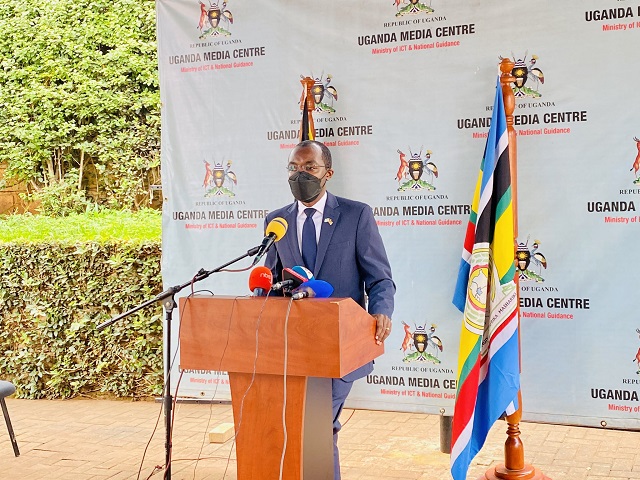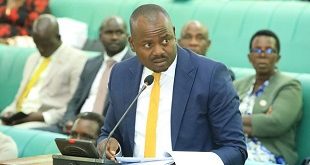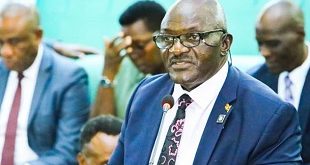
Kampala, Uganda | THE INDEPENDENT | The Education and Sports Ministry has finally explained the discrepancies in the distribution of instructional materials for the revised new lower secondary curriculum.
In 2020, the Ministry of Education rolled out the revised curriculum amidst protests from teachers and policymakers given the fact that a lot wasn’t in place at the time including teaching-learning materials, that would enable the teachers to deliver lessons.
The schools, teachers, and learners were expected to find the materials in schools upon the nationwide resumption of studies following the closure of learning institutions as part of the COVID-19 containment measures.
However, this wasn’t the case as many schools continue to operate without the required learning materials despite the fact that the government has already injected Shillings 33 billion into the printing and distribution of 6 million copies of materials.
Richard Nsubuga and Betty Nangambirwa are both S.2 students at Target Community College in Luweero district. They explain that they didn’t find the learning materials at school upon their return.
According to the duo, they are still struggling to adapt to learning and at times they are advised by their teachers to download reading materials from the internet, which is expensive for them.
Many schools recently sampled by Uganda Radio Network across the country noted that they were struggling to conduct lessons under the new curriculum due to the lack of instructional materials.
Many neither have learning guides, assessment frameworks nor student textbooks among others. Headteachers pointed out that they had not received the material while some had received limited copies in selected subjects.
Dr. Denis Mugimba, the spokesperson of the education ministry says the textbooks are being distributed to all government and private secondary schools as per the data in the Education Management Information System (EMIS) of 2017. According to Dr. Mugimba, this explains why some secondary wchools will not receive textbooks during this distribution cycle.
Mugimba says that the recent strike by truck drivers at the Uganda-Kenya border also disrupted the distribution exercise as most trucks transporting the materials got stuck for days. He however says this has since been resolved and the government expects that each school on the distribution list would have received the books before the end of this month.
Several schools have also raised concerns that the publishers are not delivering the books at schools but rather dumping them at district headquarters and calling respective school headteachers to collect them.
Dr. Mugimba says that this contravenes the contract between the ministry and the contractors. He calls upon the local governments and schools to report such matters to the ministry so that they are resolved.
He says that schools that would have missed the materials by the end of February should contact the ministry of education with details of their school and the enrollment so that they are considered in the next consignment, which is expected to cover materials for S.3 and S.4 classes.
According to available statistics, the education ministry plans to distribute the material to 5,505 schools; 1300 being public and the rest being private. On the distribution list, contractors are giving out 80 percent as learners’ textbooks while the twenty percent are reference books for teachers.
In this project, the government is envisaging to have a learner to the textbook ratio of 3:1 in all core (compulsory) subjects and 6:1 in other subjects. Meanwhile, schools that have not reached the new textbooks have been advised to continue using the prototypes that were given to them by the National curriculum development centre-NCDC in 2020 in addition to the old textbooks from the old curriculum, whose content is still relevant.
*****
URN
 The Independent Uganda: You get the Truth we Pay the Price
The Independent Uganda: You get the Truth we Pay the Price



Causes of curriculum discrepancy in secondary school in Uganda